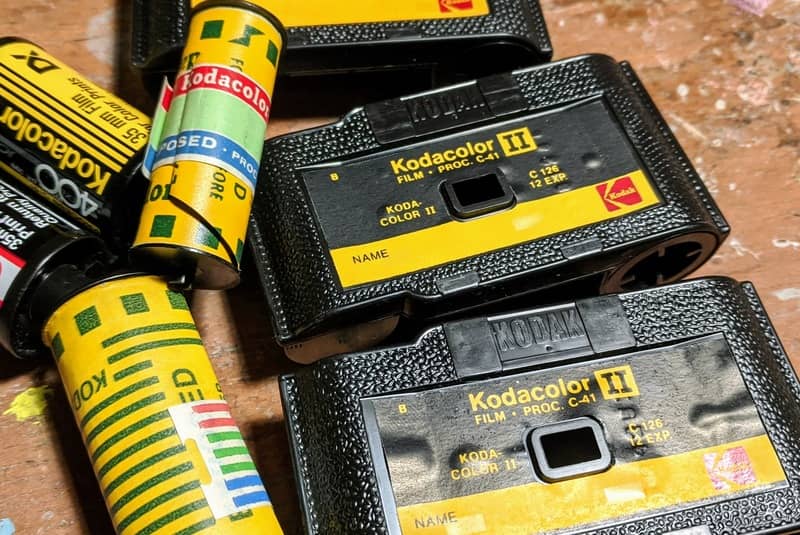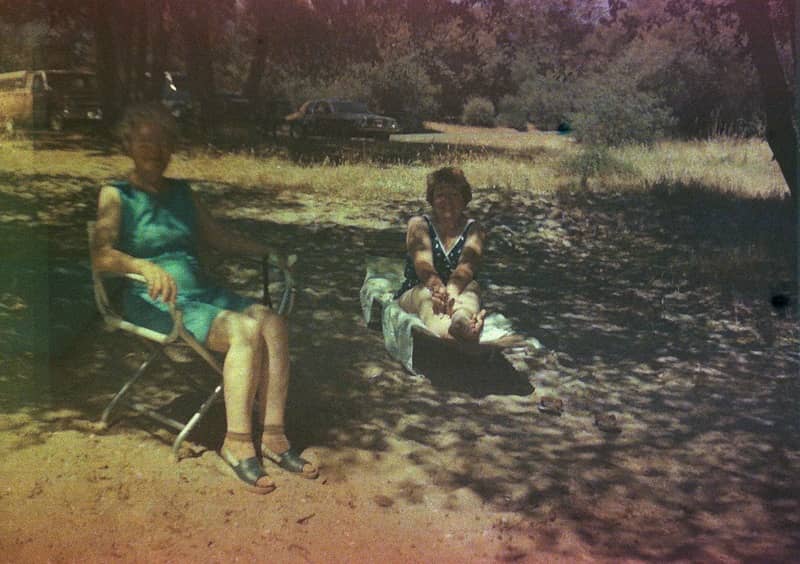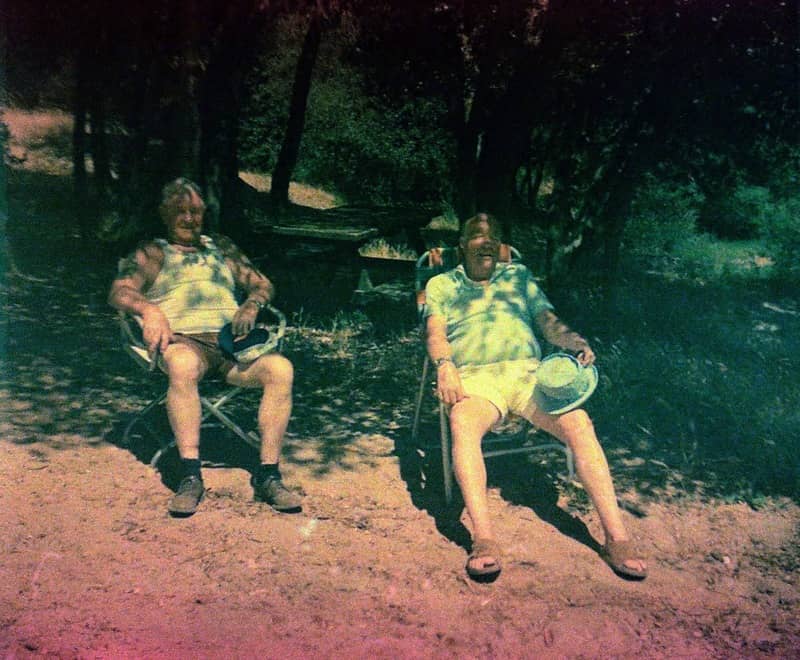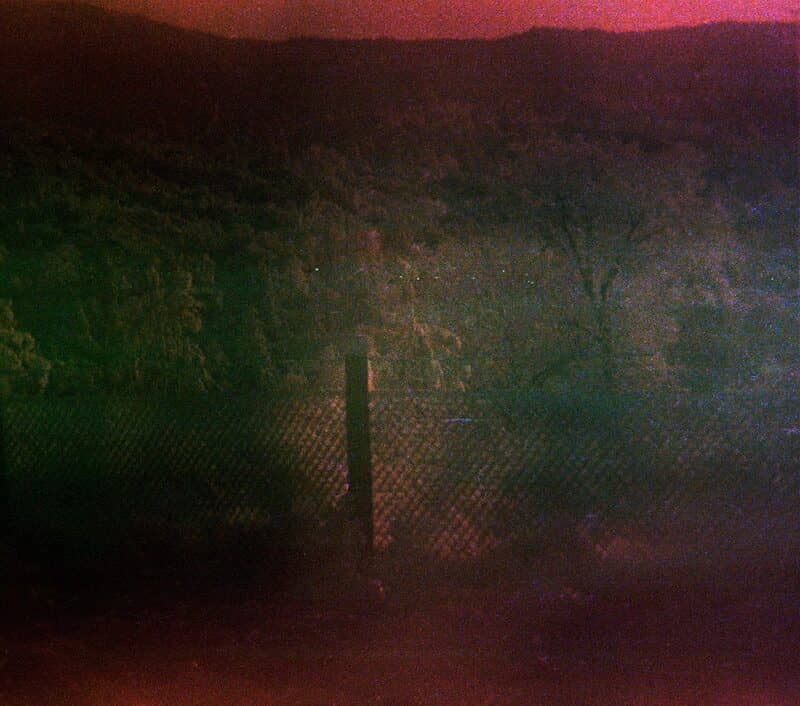When you inherit or accept old film cameras from folks there is always the hint of mystery. Who’s camera was it, did they use it, and to what end? That history is largely an unknown except when that camera is left with the story inside: found film, frozen in time in the husk of a plastic and metal shell.
It happens a lot more often than you think.
 Various color film pulled from a box of cameras ready to potentially be recovered.
Justin Ribeiro
Various color film pulled from a box of cameras ready to potentially be recovered.
Justin Ribeiro
The thing about developing color film though is that it’s not my wheelhouse. Unlike my black and white tanks of chemistry which I use weekly and have at the ready, I don’t keep chemistry ready at the whim to develop color film primarily because I only shoot color certain times of the year. On top of that, color chemistry isn’t inexpensive and has an exhaustion rate that requires some finesse to get quality from (which is absolutely fine, no complaint here). With found film…you’re just rolling the dice because you have no idea how it was stored.
Of course, that didn’t stop me in this case. I had some chemistry near the end of it’s life span, so I decided to see what I could pull from some 126 Kodacolor II packs. What I found was what appeared to be some vacation photos of various types and places.
There are the photographs of people. They’re older, but appear happy in their place in time.
 Found film: an older set of folks stand near a truck as a person in white jeans walks by.
Justin Ribeiro
Found film: an older set of folks stand near a truck as a person in white jeans walks by.
Justin Ribeiro
 Found film: two women sit along the shore in the shade in what appears to the California foothills.
Justin Ribeiro
Found film: two women sit along the shore in the shade in what appears to the California foothills.
Justin Ribeiro
 Found Film: two old men sit under a tree on and appear overheated.
Justin Ribeiro
Found Film: two old men sit under a tree on and appear overheated.
Justin Ribeiro
The scenes however shift rapidly. From a vista over looking a coastline, to a snow capped house. I can only imagine that these photographs were taken a season apart on this roll of film.
 Found film: a vista and the shoreline from atop a hillside.
Justin Ribeiro
Found film: a vista and the shoreline from atop a hillside.
Justin Ribeiro
 Found Film: a snow capped house with trailing foot steps to the front door.
Justin Ribeiro
Found Film: a snow capped house with trailing foot steps to the front door.
Justin Ribeiro
The other shots on the roll are less concrete. Scattered between a series of blank frames sits the last photograph. Unlike the happy photos and scenes of people which were reasonably well preserved in time, I pushed hard to pull the scan out of the last frame only to find an unsettling scene of a single fence post in near mid-frame.
 Found film: a single fence post over what appears to be a valley.
Justin Ribeiro
Found film: a single fence post over what appears to be a valley.
Justin Ribeiro
The last frame on a roll of found film always haunts me. Why that fence? Why that post? What was there that we cannot see.
We’ll never know. Nor will ever understand why this rather happy set of scenes never got developed in the first place.